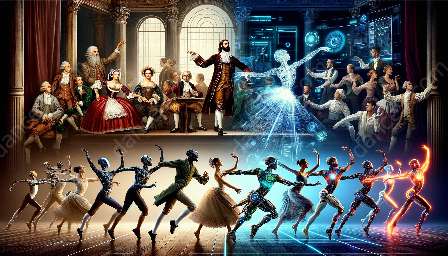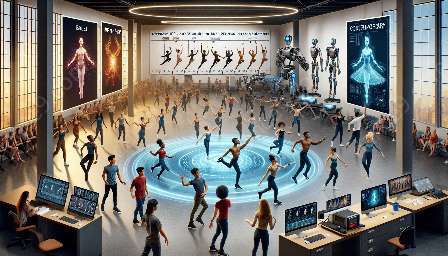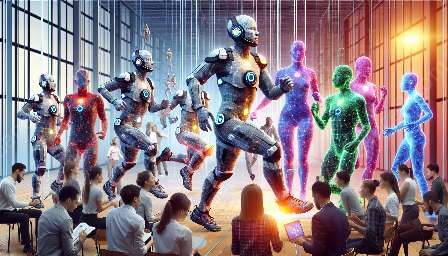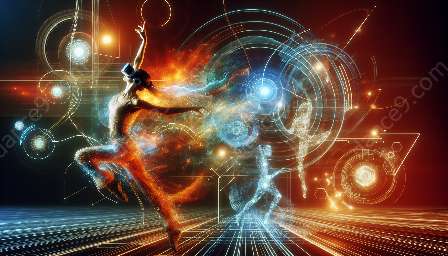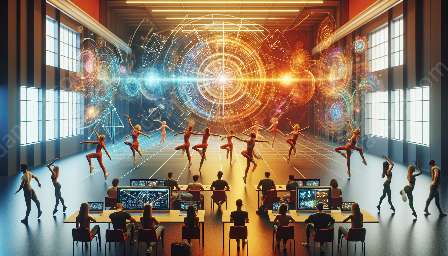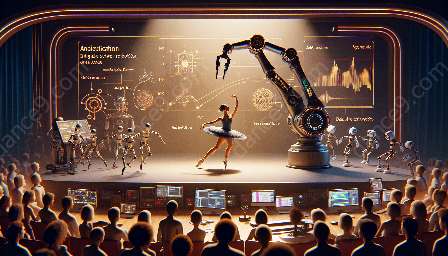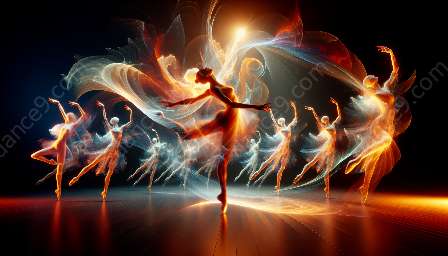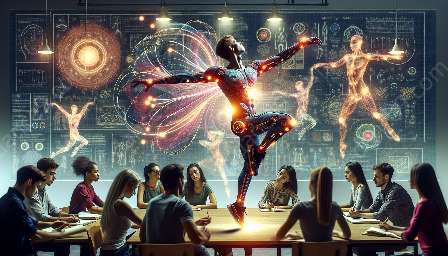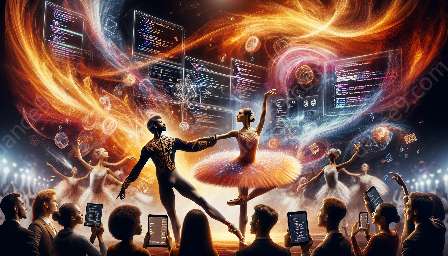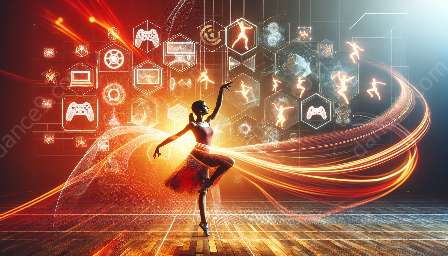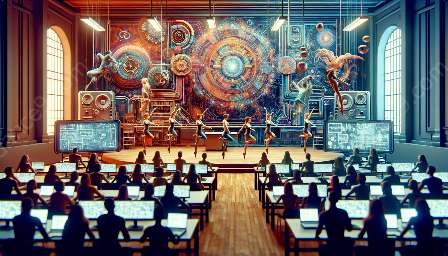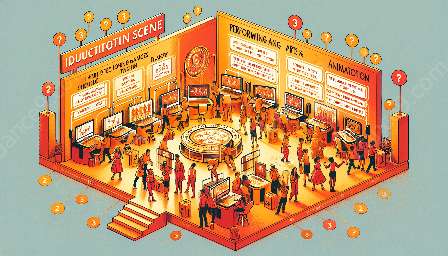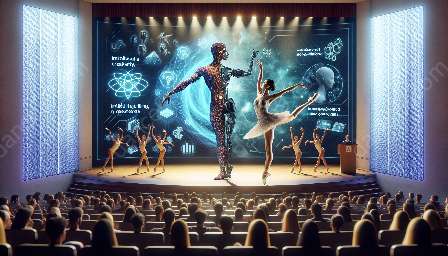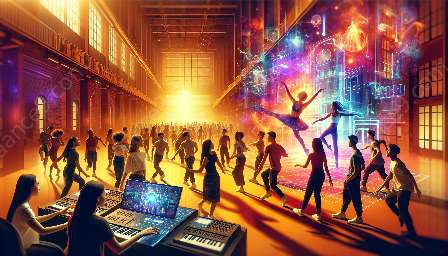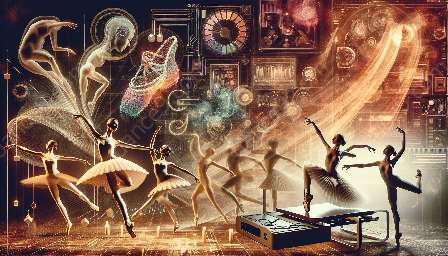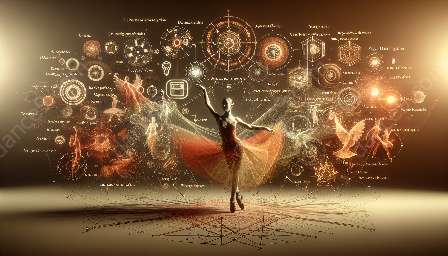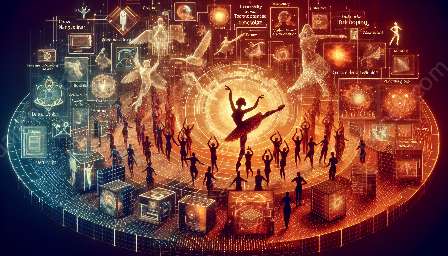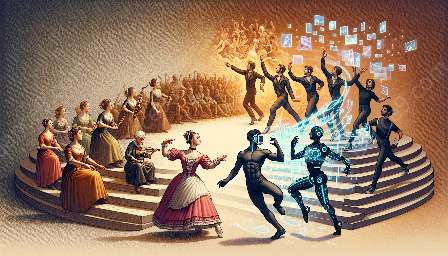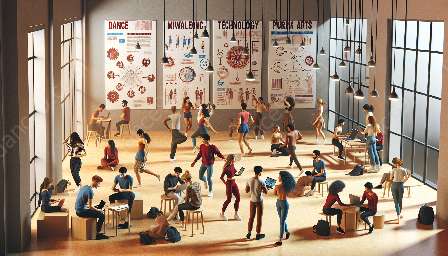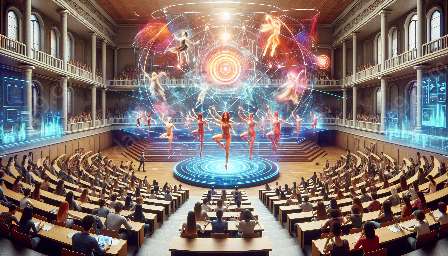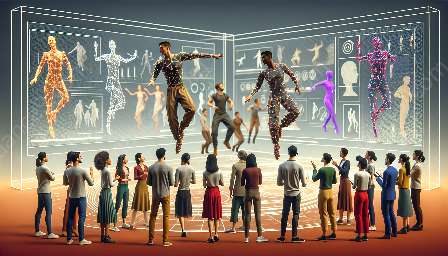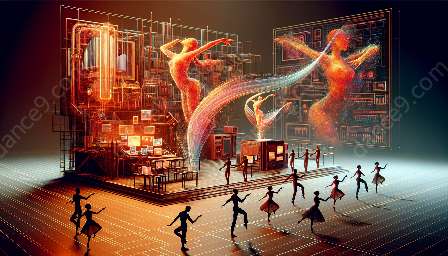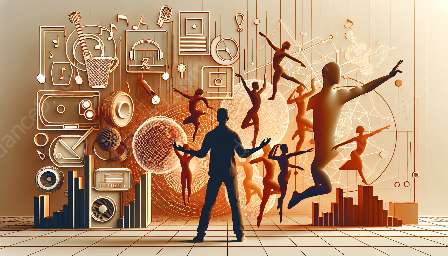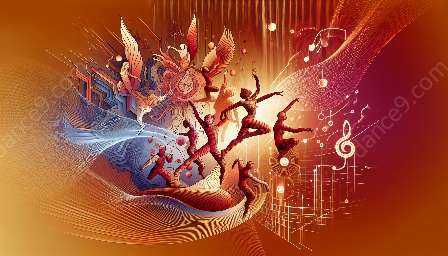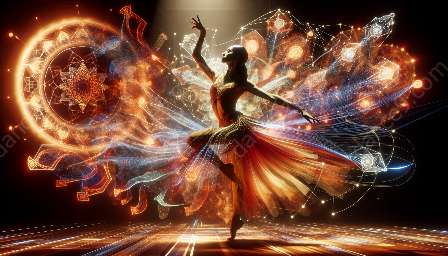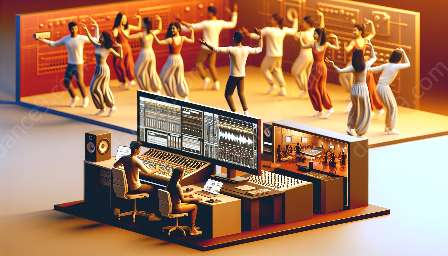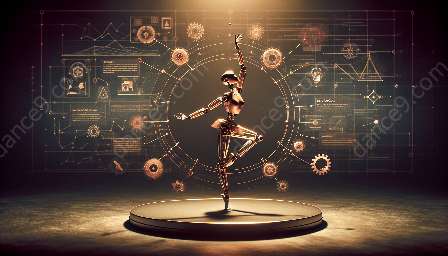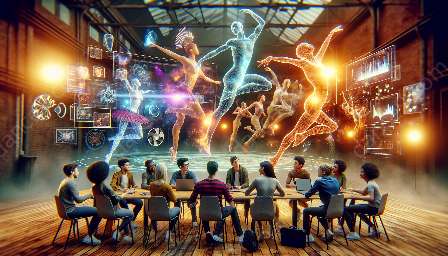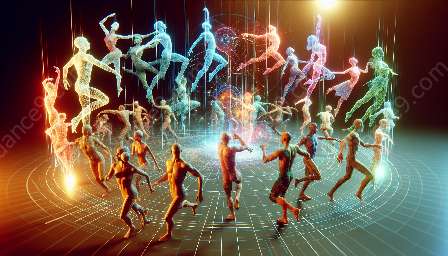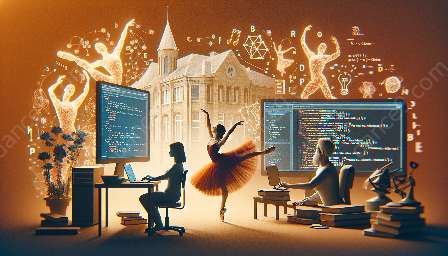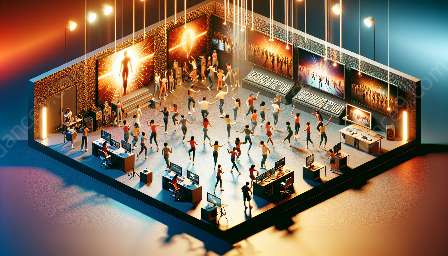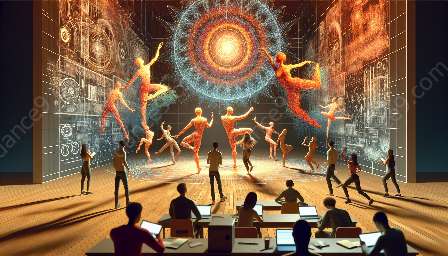Art and technology have long been intertwined, pushing the boundaries of creativity and expression. In recent years, robotics has emerged as an innovative tool in the world of dance, transforming performances and opening up new avenues for artistic expression.
When examining how robotics can enhance artistic expression and creativity in dance, it is important to consider the impact it has on various aspects of the art form. This includes exploring how robotics can influence choreography, costume design, stage production, and audience engagement, ultimately shaping the future of dance.
Choreography and Movement
One of the most striking ways robotics enhances artistic expression in dance is through the creation of dynamic and precise movements. Robots and robotic devices can be programmed to execute intricate and unconventional movements, adding a new layer of complexity to choreography. This opens up new possibilities for dancers, allowing them to interact with robotic elements and explore movements that were previously impossible to achieve.
Additionally, robotics offers the potential for enhanced synchronization and coordination between dancers and robotic counterparts. Through innovative programming and design, choreographers can create visually stunning performances that seamlessly integrate human movement with robotic precision.
Costume and Stage Design
Robotic elements can also be integrated into costume design, introducing dynamic and transformative elements that blur the line between fashion and technology. Motorized components, LED lights, and interactive features can all be incorporated into costumes to create visually captivating and conceptually rich designs. These elements not only enhance the aesthetic appeal of a performance but also contribute to storytelling and thematic exploration.
Furthermore, robotics can revolutionize stage design, offering new possibilities for creating immersive and interactive environments. Robotic set pieces, lighting fixtures, and interactive installations can elevate the overall experience for both performers and audience members, blurring the boundaries between the physical and digital realms.
Interactive Performances
Robotic technology has the potential to transform dance into a truly interactive experience, engaging audiences in new and exciting ways. Through sensors, motion tracking, and responsive interfaces, dancers can interact with robotic elements in real time, creating performances that are dynamically responsive to the audience's presence and reactions. This level of interactivity not only enhances the overall experience for viewers but also opens up new possibilities for audience participation and engagement.
Unleashing Creativity
Ultimately, the integration of robotics in dance unleashes a new wave of creativity, challenging traditional notions of movement and expression. Dancers, choreographers, and designers are presented with a plethora of tools and techniques that expand the boundaries of what is possible in the realm of dance. This fusion of technology and art stimulates innovation and pushes creators to explore uncharted territories, resulting in performances that captivate and inspire.
In conclusion, robotics has the power to enhance artistic expression and creativity in dance by providing new avenues for choreography, costume design, stage production, and audience engagement. As technology continues to evolve, the intersection of robotics and art will undoubtedly lead to groundbreaking developments in the world of dance, shaping the future of this timeless and transformative art form.

